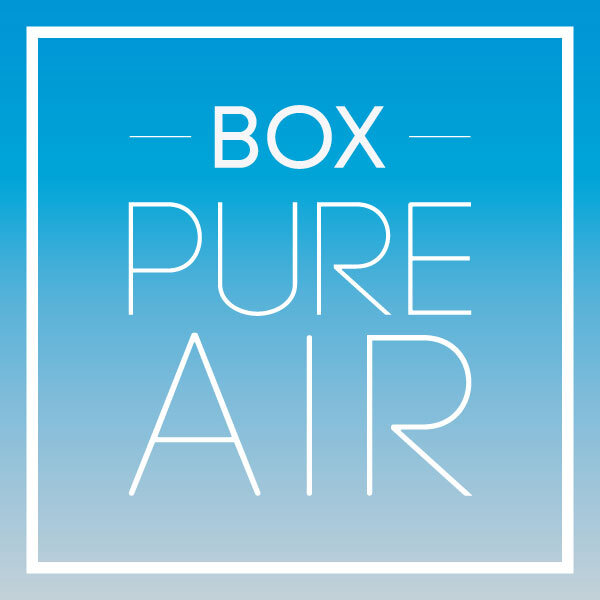How To Protect Homes Against Bad Air Quality
It’s time to get serious about the air quality inside your home. Almost the entire world breathes in polluted air daily, so homes can act as shelters to minimize harm like toxic smog and wildfire smoke. Protecting yourself and others from unclear air begins by ensuring your home can handle the dangerous particles in most homes. Fortunately, there are several preventative measures anyone can take to create a healthier air environment inside a house.
Check Air Quality Inside and Outside the Home
Firstly, monitoring indoor and outdoor air quality is essential when considering how to keep your home safe from bad air. Government websites, such as AirNow.gov, provide data and information on air quality near you. Anyone with health conditions or increased risks can evaluate how safe it is to leave the house and how a home in the area might be affected. Also, check into simple products that tell you your indoor air quality. This technology gives you a peek into how clean and healthy the air inside your home is.
Examine Your Home’s Ventilation
Inadequate ventilation can contribute to poor indoor air quality. Inspect your air vents inside and outside the home, checking that vents are open and clean. It is also necessary to verify that any filters are clean to work correctly. When appropriate, vent out air and gasses from cooking or heating by opening a window or using the kitchen exhaust fan above the stove.
Seal Up Your Home
Everyone should ensure their homes are sealed tight when exposure to wildfire smoke or other outdoor particles is possible. Use inside fans and air conditioners while keeping all windows, doors and other openings shut. Check for any cracks or leaks that would help polluted air get inside. A sealed home can be a great guard against hazardous health effects from air particles.
Look Into Air Purifiers
An excellent tool to protect indoor air quality is an air purifier. This technology can help filter out more than 80% of any harmful particles in the air. Experts recommend only purchasing certified HEPA filtration products, as it is the best at removing particulate matter. For anyone looking for temporary options or those saving up for a good cleaner, it is possible to use a DIY air purifier. The EPA reports these makeshift options can be highly effective for short periods. When putting together a plan to protect your home, air purifiers make all the difference.
Try Some Miscellaneous Alternatives
There are various more minor ways to protect homes against lousy air quality. Storing some chemical products that create vapors in a shed or garage can limit exposure indoors. Cleaning and maintaining room humidifiers can reduce sources of fungi or bacteria from stagnant water. Avoiding smoking or vaping inside the home might preserve good air quality. Vacuum regularly and consistently to minimize the spread of allergens. Little changes can turn your home into a safer, healthier environment.
The Bottom Line
A home can act as a line of first defense against air pollution in our world. Cleaning up and maintaining indoor air quality can limit the health dangers we regularly are exposed to. Simple steps can mean all the difference in living a healthier life. And everyone could use that, especially in a world where air pollution and other factors continue to endanger our well-being.
